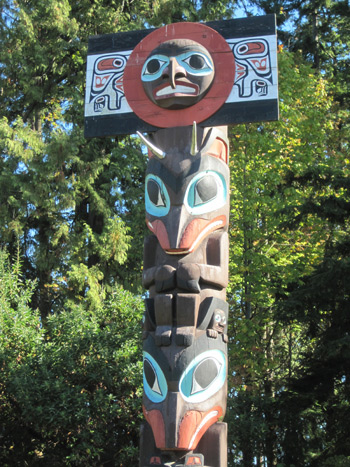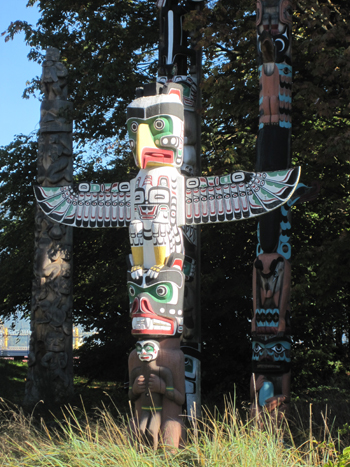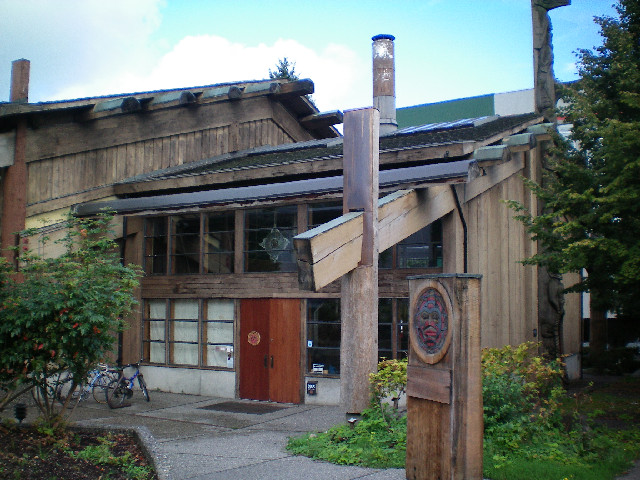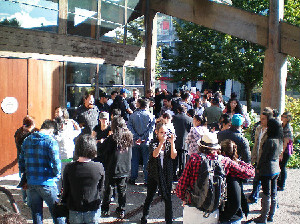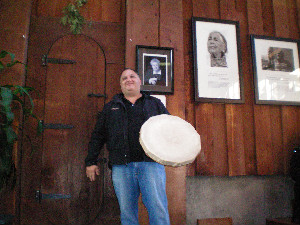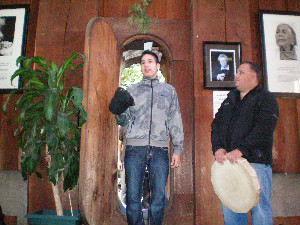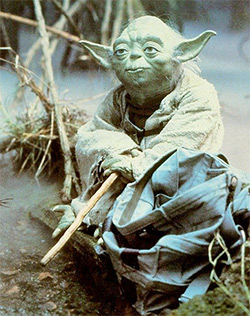 Why? Why not I respond! I deserve to continue to educate myself regardless of my age……everyone has that right. I must say though it is challenging to return to school where the average age is twenty something and I, well, I am a little more seasoned! Believe me it was an incredible risk I took to walk in those doors and be one of the oldest in my program but I am proud I did. My challenges may be somewhat different as I don’t have young children at home, I have a lot more life experience behind me, working my older more weathered brain in a different way, and my wrinkles are a little more pronounced. I do have to worry about making ends meet, rent and bills are paid, ensure there is enough food in the cupboard, studying, completing assignments, and attending classes.
Why? Why not I respond! I deserve to continue to educate myself regardless of my age……everyone has that right. I must say though it is challenging to return to school where the average age is twenty something and I, well, I am a little more seasoned! Believe me it was an incredible risk I took to walk in those doors and be one of the oldest in my program but I am proud I did. My challenges may be somewhat different as I don’t have young children at home, I have a lot more life experience behind me, working my older more weathered brain in a different way, and my wrinkles are a little more pronounced. I do have to worry about making ends meet, rent and bills are paid, ensure there is enough food in the cupboard, studying, completing assignments, and attending classes.
So this brings me to the answer, my answer, as to why I want to go back to school and that is that I deserve a better future even though my retirement is closer than some of my peers. I want to wake up daily and be content with my career, to have a sustainable income, room for growth, and the opportunity to have my currently mostly dark brown hair turn white through the years I will have put into my job!
I don’t think a number should dictate whether a person should return to school, it should never stop anyone from pursuing their goals. As my grandmother always said, education is something no one can take away from you. It opens doors, it provides you with a sense of accomplishment, and it helps to build your confidence.
Let’s face it, in today’s job market employers are looking for qualified employees, so with a good educational background you’re more likely to be hired. As much as I want to make my family proud of seeing me succeed at school, I want to make myself proud of this accomplishment.


